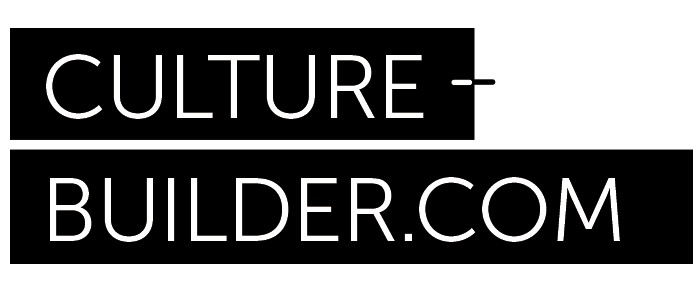By Matt Auron
This article is cross-posted from GetEvolution.co
“One does not become enlightened by imagining figures of light, but by making the darkness conscious.” — C.G. Jung
Organizational culture is a hot topic. It is becoming a part of the brand of many companies and differentiating them as employers, and even to the public. More than just a “vibe,” culture is organizational anthropology — a system of interactions that governs how work gets done — and goes to the core or essence of any organization.
With images of beautifully branded offices, rousing all-hands meetings, and funny hats worn in on-boarding training, culture is usually one of the things we reference when we talk about our work. Beyond just a climate issue, culture is both guided and influenced by leadership, decision making, and modeling. In many cases, it leads to powerful decisions that can either doom or unleash a business’s impact on the world. Cohesive cultures help teams move powerfully through tasks and ideas, and debate takes on a whole new dynamic in such a setting.
But something generally happens as companies grow. For start ups, the change usually comes after the business model has been proven or their B round has funded. At this stage the executive team meets and discusses how to implement processes for sustained growth. This involves rapid hiring and expansion with individuals who mainly come from larger organizations. It’s a common experience in the growth stage of a company that most of us have seen. Less conscious decision-making results in unintended consequences. Leaders make decisions that are sometimes in direct opposition to the espoused values of the culture. People stop walking their talk. This, it seems, is the emergence of a collective and unconscious process called shadow.
Carl Jung was the first to articulate the shadow concept as one that is the hidden, repressed, and denied aspects of our humanity. That which aspects of ourselves lie unconscious, our decisions can be influenced by them without us knowing. For many of us, the individual shadow is easier to grasp — getting unusually angry when something doesn’t go right, falling into a state of self pity after a small setback, or projecting our anxieties on other people.
Organizations are merely groups of people working together to complete tasks, so shadows can exist there too, in the collective. These covert processes are the coalitions, secret alliances, and counter-values that guide sometimes bad behavior and can have disastrous impacts. Shadow much of the time is the exact counter balance of what is espoused. Relationship and community based culture? Surely lurking beneath the surface is individualistic or cutthroat competitiveness. Value of customer service first? Usually it is easy to find corners cut to ensure costs are controlled. Collective shadow can affect entire populations within an organization — with certain groups experiencing bias, prejudice, and the unconscious impact of a collective shadow slanted against them. Several known examples are: the inequalities that women face in the workplace, and the passive and active forms of race bias that show up time and again in organizations.
It’s actually easier for shadows to exist in large organizations because the checks and balances of small groups get lost. Addressing cultural shadows is quite difficult. The best thing to do so is to simply talk about the undiscussables. Talking about the gap between what one says and what they do — and most importantly — why there is a gap or what belief drives the behavior.
Most organizations, especially those that are public, are under tremendous pressure and stress from shareholders, Wall Street analysts, boards, and the media to performance at any cost. The phrase “in stress, we regress” is apt not only for individuals but also for the giant companies. In these times, having leaders who can role model in team meetings vulnerability and openness gives permission for others to do the same. When key people in organizations demonstrate the courage to ask tough questions and hold the culture accountable, good things tend to happen.
When these tough conversation don’t happen or get endlessly delayed, the shadow can become the dominant aspect of the culture itself.
What’s the best way to begin learning and working with the shadow side of an organization? It generally starts with addressing the gaps between what is said and what is actually done — and then drilling into a root cause of “why.” Another is to search and catalog all of the behaviors that are in direct opposition to the core values or espoused aspects of an organization. The most powerful and effective way, however, generally starts with individuals reflecting on their impacts on the culture. These experiences set a positive tone for team and cultural accountability, which is the best approach to shining light on the shadows that hold us back.
We have to face that as humans we are imperfect. Under stress, less desirable aspects of our culture may come to the surface. By bringing organizational shadows to light, an organization can make more conscious choices and exist in the world in a more dynamic, purposeful way.
Get the Culture Building Report

You'll learn the road map for designing, embedding and activating culture in your team or company.

